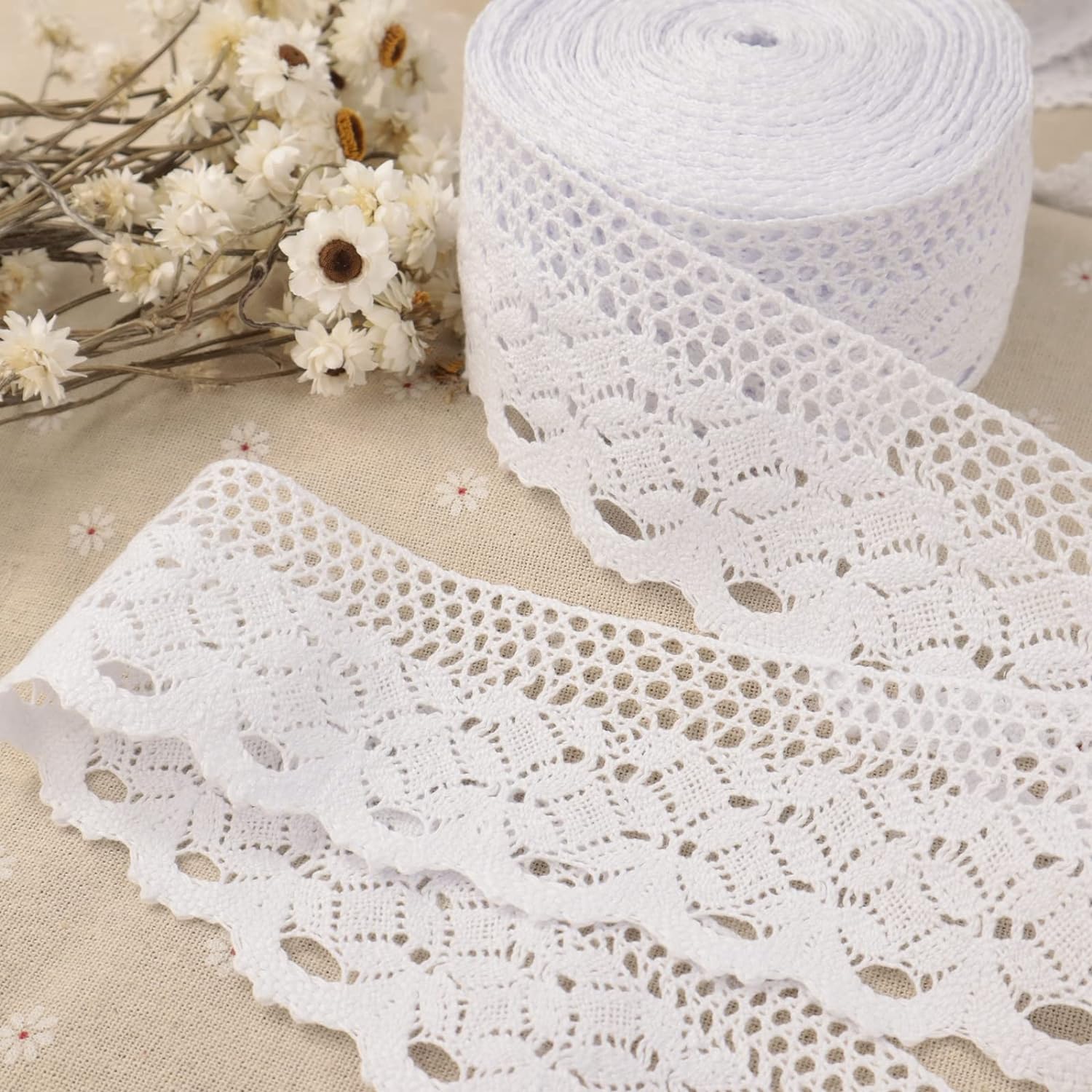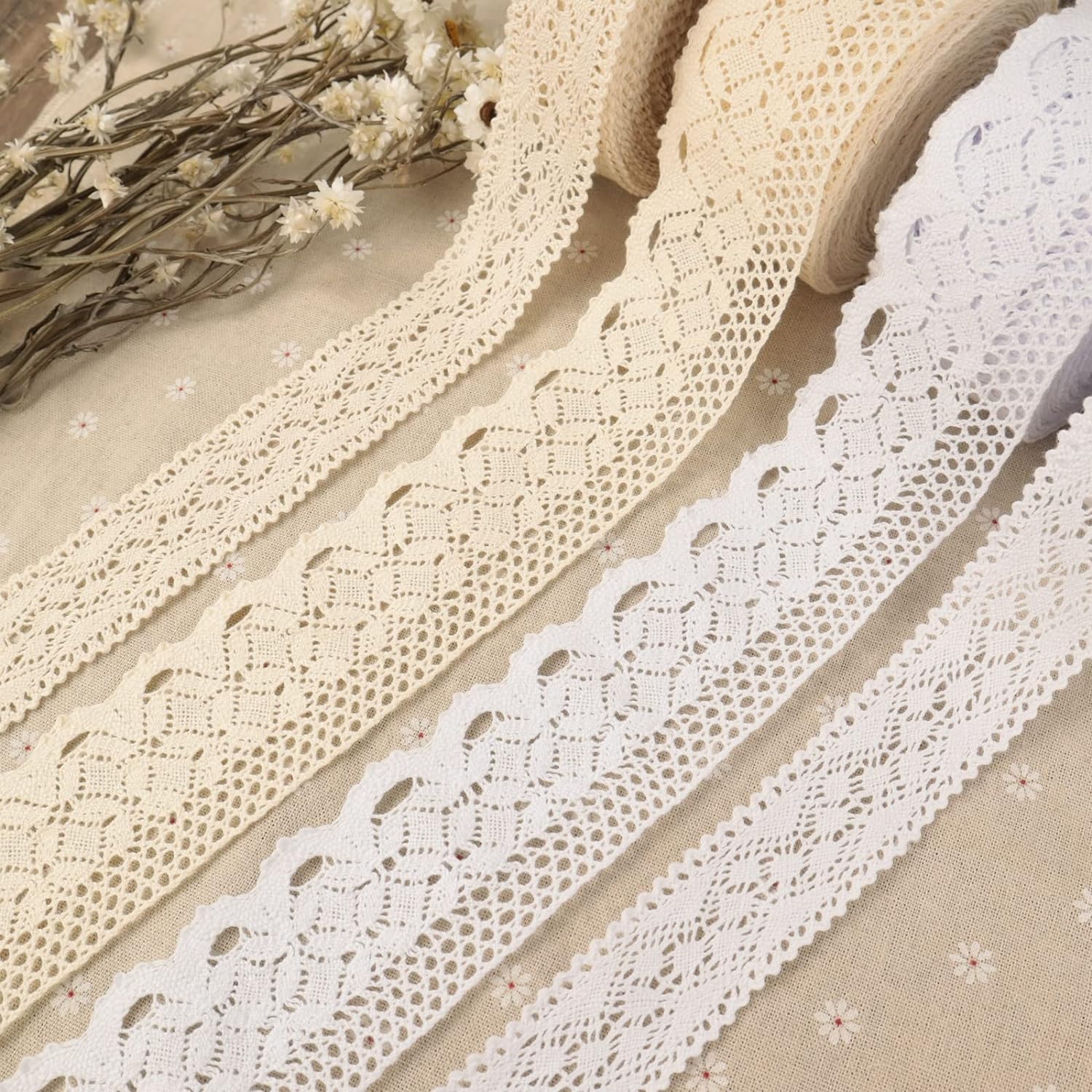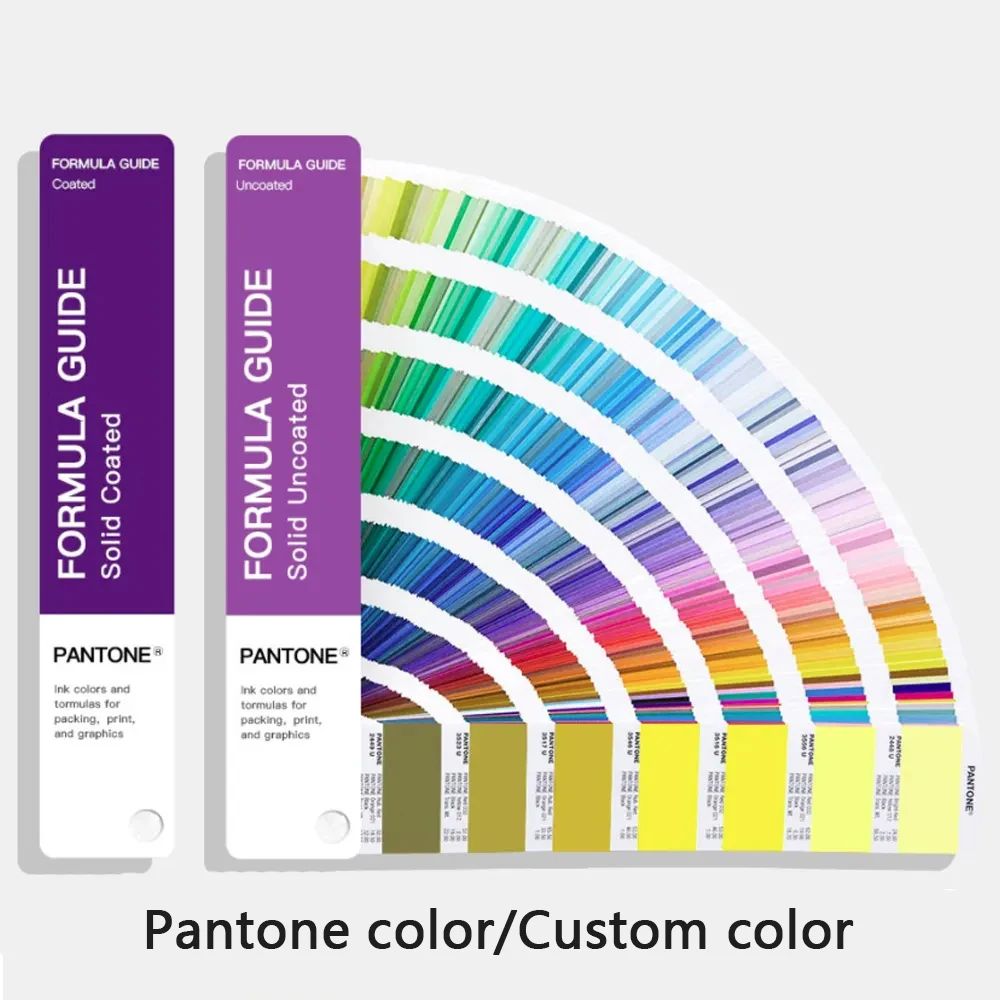Lace evokes timeless elegance and versatility, making it a powerful element in fashion. Historically associated with wealth and femininity, lace continues to inspire modern designs. Its adaptability shines in garments ranging from vintage dresses to contemporary athleisure. A recent study revealed that respondents associate lace with sophistication, craftsmanship, and beauty. Designers now explore bold, sustainable styles, ensuring lace remains relevant. Incorporating lace into garment accessories like buttons, sliders, and thread allows brands to elevate their collections. By leveraging its rich heritage and dynamic appeal, fashion brands can captivate audiences and establish a unique identity.
Key Takeaways
- Lace is a classic fabric that fits modern styles. It works for both fancy and casual outfits.
- Adding lace to daily clothes makes them stylish and comfy. This attracts more people to wear them.
- Unique lace patterns help brands stand out and be remembered. They also create strong feelings with buyers.
- Mixing lace with new fabrics makes bold looks. This helps create fresh and unforgettable fashion pieces.
- Good ads with lace can make people feel connected. This builds stronger loyalty to the brand.
The Unique Appeal of Lace
Timelessness and Versatility
Lace has maintained its relevance in fashion for centuries, adapting to evolving trends and tastes. Its origins date back to the 15th century, with its prominence peaking in the 17th century through intricate styles like Chantilly lace. During the reigns of Louis XV and Louis XVI, black lace became a symbol of elegance, favored by figures such as Marie Antoinette. This enduring material has seamlessly transitioned from historical garments to modern-day fashion, proving its versatility. Designers today incorporate lace into a variety of styles, from delicate bridal gowns to edgy streetwear, showcasing its ability to complement both traditional and contemporary aesthetics.
Association with Luxury and Sophistication
Lace has long been synonymous with luxury and sophistication. Historically, its intricate craftsmanship and labor-intensive production made it a prized possession among the elite. The revival of lace during the first French Empire further cemented its association with opulence. In modern fashion, lace continues to evoke a sense of refinement. High-end brands often feature lace in their collections to convey exclusivity and elegance. Whether used as an accent or a centerpiece, lace elevates garments, making them stand out in a competitive market.
Emotional and Artistic Value in Fashion
Beyond its physical attributes, lace holds significant emotional and artistic value. Its delicate patterns and textures often evoke feelings of nostalgia and romance. Designers use lace to tell stories, drawing inspiration from its rich history and cultural significance. The intricate designs of lace also serve as a canvas for artistic expression, allowing brands to create unique, memorable pieces. By incorporating lace into their collections, fashion houses can connect with consumers on a deeper, more emotional level, fostering brand loyalty and admiration.
Innovative Uses of Lace in Fashion
Incorporating Lace into Everyday Wear
Lace, once reserved for formal occasions, has found its way into everyday fashion, offering a blend of elegance and practicality. Designers now incorporate lace into casual garments like tops, skirts, and even denim, making it accessible to a broader audience. This shift aligns with the growing demand for versatile fabrics that balance style and comfort.
- The global lace fabric market was valued at approximately $2.5 billion in 2023 and is projected to reach $4.1 billion by 2032, highlighting its rising popularity.
- Innovations in fabric treatments, such as anti-wrinkle and anti-fade technologies, enhance lace’s durability, making it suitable for daily wear.
- The market’s expected growth rate of 5.5% annually underscores the increasing consumer interest in lace for both fashion and home textiles.
By integrating lace into everyday wear, brands can cater to modern consumers who seek timeless designs with a contemporary twist.
Pairing Lace with Modern Fabrics
Combining lace with modern fabrics creates striking contrasts that appeal to fashion-forward audiences. This approach allows designers to experiment with textures and aesthetics, resulting in unique and memorable collections.
- A survey by Vogue revealed that 73% of top designers incorporated satin-lace combinations in their recent collections.
- A case study from the Fashion Institute of Technology demonstrated that outfits blending satin with other materials received 30% more positive feedback during fashion shows compared to single-fabric designs.
Pairing lace with fabrics like satin, leather, or neoprene not only enhances visual appeal but also expands its versatility. For instance, a lace overlay on a leather jacket adds a touch of femininity to an otherwise edgy piece. This fusion of traditional and contemporary elements enables brands to appeal to diverse consumer preferences.
Customizing Lace for Brand Identity
Custom lace designs offer a powerful way for fashion brands to establish a distinctive identity. By tailoring lace patterns, colors, and textures to align with their brand ethos, companies can create a signature look that resonates with their target audience.
| Aspect | Explanation |
|---|---|
| Visual Identity | Custom lace patterns showcase personal style or brand identity through unique design elements. |
| Brand Recognition | Logos and brand colors integrated into lace reinforce recognition, acting as portable billboards. |
| Aesthetic Appeal | Visually appealing lace grabs attention and leaves a lasting impression, sparking conversations. |
| Differentiation | Unique lace designs help brands stand out, reflecting individuality and core values. |
Customizing lace not only enhances a brand’s visual identity but also fosters emotional connections with consumers. A well-designed lace element can become synonymous with a brand, ensuring long-term recognition and loyalty.
Branding and Marketing with Lace
Showcasing Lace in Campaigns
Marketing campaigns that feature lace can create a lasting impression by highlighting its elegance and versatility. Successful campaigns often use lace to evoke emotions and connect with audiences on a deeper level. For example, the Nike (RED) campaign in 2009 demonstrated how a simple accessory could make a significant impact.
- The campaign introduced special edition red shoelaces, priced at $4 per pair.
- For every pair sold, $1 was donated to the Global Fund, raising over $1.5 million for AIDS prevention.
- Over 1.5 million pairs of shoelaces were sold, and the campaign reached more than 50 million people on social media.
This example illustrates how a well-executed campaign can amplify a product’s appeal while supporting a meaningful cause. Fashion brands can adopt similar strategies by incorporating lace into their campaigns, using it as a focal point to tell compelling stories and engage their audience.
Establishing Lace as a Brand Signature
Lace can serve as a defining element for a brand, setting it apart in a crowded market. By consistently incorporating lace into their designs, brands can create a recognizable aesthetic that resonates with consumers. A case study involving an independent fashion designer and SawGrass Industries highlights this approach. The designer utilized laser cutting technology to create intricate lace-like patterns, making lace a signature feature of their garments. This collaboration not only enhanced production efficiency but also allowed for greater creative expression.
Brands that establish lace as a core design element can benefit from:
- Enhanced brand recognition: Consistent use of lace builds a visual identity that consumers associate with the brand.
- Creative differentiation: Unique lace patterns and designs reflect the brand’s individuality and innovation.
- Emotional connection: Lace’s timeless appeal fosters a sense of nostalgia and sophistication, deepening consumer loyalty.
By making lace a signature element, fashion brands can strengthen their identity and leave a lasting impression on their audience.
Collaborating with Influencers to Highlight Lace
Partnering with influencers provides an effective way to showcase lace and reach a broader audience. Influencers bring authenticity and relatability to marketing efforts, making them ideal ambassadors for promoting lace-based designs. When selecting influencers, brands should prioritize those whose personal style aligns with their aesthetic.
For instance, influencers can feature lace garments in their social media posts, styling them in ways that appeal to their followers. This approach not only highlights the versatility of lace but also demonstrates how it can be incorporated into everyday fashion. Additionally, influencers can share behind-the-scenes content, such as the craftsmanship involved in creating lace designs, to emphasize the quality and artistry of the brand’s products.
Collaborations with influencers can result in:
- Increased visibility: Influencers’ platforms expose lace designs to a wider audience.
- Stronger engagement: Authentic endorsements foster trust and encourage followers to explore the brand.
- Higher sales: Influencer campaigns often drive purchasing decisions, especially among younger consumers.
By leveraging influencer partnerships, fashion brands can effectively showcase the beauty and versatility of lace, enhancing their market presence.
Practical Tips for Using Lace Effectively
Choosing High-Quality Lace Materials
Selecting high-quality lace materials is essential for creating garments that exude elegance and durability. Fashion brands should prioritize materials that meet industry standards to ensure their designs stand out. Key factors to consider include:
- Craftsmanship: Skilled artisanship ensures intricate patterns and flawless finishes.
- Material Sourcing: Premium raw materials, such as fine cotton or silk, enhance the texture and longevity of lace.
- Sustainability: Eco-friendly practices in lace production appeal to environmentally conscious consumers.
- Innovation: Modern techniques and designs keep lace relevant in contemporary fashion.
By focusing on these aspects, brands can elevate their collections and build trust with their audience. High-quality lace not only enhances the aesthetic appeal of garments but also reflects a commitment to excellence.
Staying Trendy While Using Lace
Incorporating lace into modern designs requires a balance between timelessness and trendiness. Designers can achieve this by staying informed about current fashion movements and experimenting with innovative applications. For instance, lace can be used in unexpected ways, such as embellishing sneakers or layering over bold prints.
Fashion weeks and industry reports often highlight emerging trends, offering valuable insights for incorporating lace creatively. Additionally, brands can explore collaborations with contemporary artists or designers to infuse fresh perspectives into their collections. Staying trendy with lace involves a willingness to adapt and innovate while maintaining the material’s inherent elegance.
Tip: Experimenting with unconventional color palettes, such as neon or metallic hues, can give lace a modern twist and attract younger audiences.
Balancing Lace with Other Design Elements
Achieving harmony between lace and other design elements is crucial for creating cohesive and visually appealing garments. Overusing lace can overwhelm a design, while underutilizing it may fail to showcase its beauty. Designers should consider the following strategies:
- Pair lace with contrasting fabrics like leather or denim to create striking visual contrasts.
- Use lace as an accent, such as on collars, cuffs, or hemlines, to add subtle elegance.
- Incorporate minimalist silhouettes to let the intricate details of lace stand out.
Balancing lace with other elements allows brands to create versatile pieces that appeal to diverse consumer preferences. Thoughtful integration ensures that lace enhances the overall design without overshadowing other components.
Lace continues to play a pivotal role in the competitive fashion market, offering brands a unique way to combine elegance with creativity. Its historical association with luxury and its growing market potential make it a valuable asset for designers seeking to differentiate their collections.
- The lace wigs market demonstrates significant growth, reflecting lace’s enduring relevance.
- Historical records highlight lace as a luxury fabric, reinforcing its appeal in high-end fashion.
Fashion brands can leverage lace to craft distinctive designs that resonate with modern consumers. By experimenting with innovative applications, they can carve out a niche and captivate audiences with timeless sophistication.
FAQ
What makes lace a timeless material in fashion?
Lace has a rich history and versatile design, making it adaptable to various styles. Its intricate patterns and association with elegance ensure its relevance across generations. Designers continue to innovate with lace, blending it with modern trends to maintain its timeless appeal.
How can brands incorporate lace into casual wear?
Brands can use lace as accents on everyday garments like tops, skirts, or denim. Adding lace trims, overlays, or panels creates a balance between elegance and practicality, making it suitable for casual fashion while retaining its sophisticated charm.
Is lace suitable for sustainable fashion?
Yes, lace can align with sustainable fashion when sourced responsibly. Using eco-friendly materials like organic cotton or recycled fibers ensures sustainability. Brands can also adopt ethical production practices to reduce environmental impact while maintaining lace’s luxurious appeal.
How does custom lace enhance brand identity?
Custom lace allows brands to create unique patterns, colors, and textures that reflect their ethos. Incorporating logos or signature designs into lace fosters brand recognition. This approach differentiates the brand and strengthens its connection with its target audience.
What are the key factors to consider when choosing lace materials?
Brands should prioritize craftsmanship, durability, and sustainability. High-quality materials like silk or fine cotton enhance the texture and longevity of lace. Additionally, innovative treatments, such as anti-wrinkle finishes, ensure the material remains practical for modern designs.
Post time: Apr-18-2025










